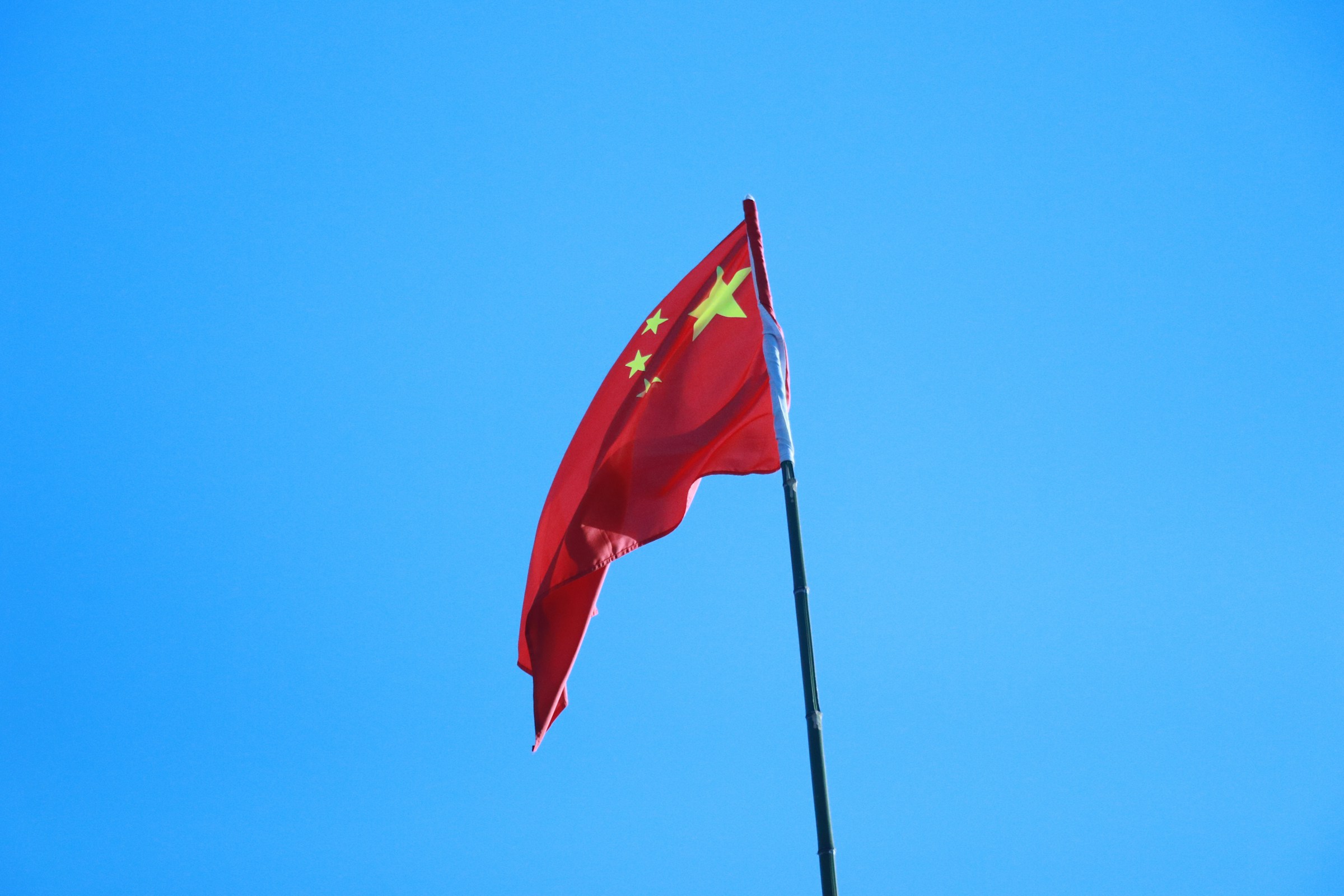China’s policy communication has turned markedly firmer. Premier Li Qiang has asked ministries to step up demand-side support and unblock investment channels after a soft July, a signal that the centre is prepared to do more than jawbone when household sentiment, new credit and private capex falter. The framing matters: it moves the conversation from “wait and see” to “remove constraints and underwrite demand,” and it does so while reaffirming the growth objective near 5 percent.
Under the hood, this is less about a single “big bazooka” and more about surgical alignment of fiscal and credit levers. Beijing has already relied on liquidity operations and selective rate and reserve-ratio moves to ease financing conditions, while instructing agencies to anchor employment and steady the housing market. The State Council’s latest meeting pressed for the removal of consumption frictions and for stronger service-sector promotion—steps that complement prior reserve requirement cuts and consumption-focused initiatives rather than replace them. The approach keeps monetary settings from drifting into a broad easing that could destabilise the currency or reignite speculative property cycles.
The context is unforgiving. Despite a decent first-half growth print, high-frequency indicators have deteriorated: fixed-asset investment sagged in July and new bank lending contracted on a net basis for the first time in two decades, underscoring weak private risk appetite and balance-sheet caution. That erosion in the credit impulse is the real constraint on any recovery narrative, and it is precisely what targeted fiscal outlays and subsidised lending windows are trying to offset.
If there is a policy fulcrum this year, it sits at the intersection of consumption support and capacity management. Leaders have coupled pro-spending rhetoric with a campaign against “disorderly competition” and with capacity reductions in oversupplied industries—an explicit attempt to contain deflationary spillovers from overproduction while nudging cash flow toward services and household durables. In practice, that means local governments are being asked to prioritise projects that unlock household services demand and to avoid capex that exacerbates industrial glut. The message narrows the gap with European policy pragmatism on state aid and competition while retaining Chinese characteristics in execution.
Markets should not misread restraint on benchmark cuts as policy inertia. Consensus expects no change to the one- and five-year LPRs this month, but that sits alongside an accumulating stack of structural tools: relending quotas for SMEs and services, targeted tax relief, and social transfers that lift disposable income at the margin. Rate stability preserves financial transmission and FX credibility; the incremental fiscal and quasi-fiscal push does the heavy lifting for demand. In short, the mix aims to thaw behaviour, not flood the system.
Externally, the temporary de-escalation with Washington has bought time, yet tariff overhang remains a live drag on sentiment and on export margins. That is why domestic absorption is being asked to carry more of the burden. Advisers close to the central bank have floated the scale of support needed—on the order of 1 to 1.5 trillion yuan over a year—to neutralise external shocks. Whether or not Beijing meets that headline, the trajectory of announcements suggests a willingness to extend targeted support if growth momentum slips further.
Historically, China has turned to brute-force infrastructure waves to hit growth targets. The present realignment is more than cosmetic. It recognises that an aging population, high leverage and a still-fragile property channel blunt the multiplier of generic stimulus. The World Bank’s mid-year update captures the trade-off: fiscal support can cushion near-term weakness, but structural drags cap medium-term speed unless productivity and household confidence are rebuilt. That is the calculus behind emphasising consumption ecosystems, “two major” projects and private-investment vitality rather than a return to shantytown-style reflation.
For sovereign allocators and regional policy desks, the capital-flow implications are straightforward. A steadier LPR path preserves carry dynamics in the onshore bond complex, while targeted easing and property stabilisation efforts aim to reduce tail risk premia. At the same time, capacity discipline and competition enforcement should, if credible, improve price discovery across A-shares by curbing surplus output and margin wars in heavy industry. The policy mix therefore reads as growth-defensive and credibility-aware—closer to a European-style incomes and competition framework than to post-crisis US quantitative largesse.
What it signals is clear. “China bolder policies to boost spending” is not a promise of indiscriminate stimulus; it is a controlled pivot toward demand activation and supply-side discipline under balance-sheet constraints. The centre is prioritising employment buffers, property risk containment and services-led uptake over headline rate theatrics. The stance may look accommodative, but the signalling is unmistakably cautious—and designed to protect policy credibility while keeping the 5 percent growth story alive.









.jpg&w=3840&q=75)




-2.jpg&w=3840&q=75)